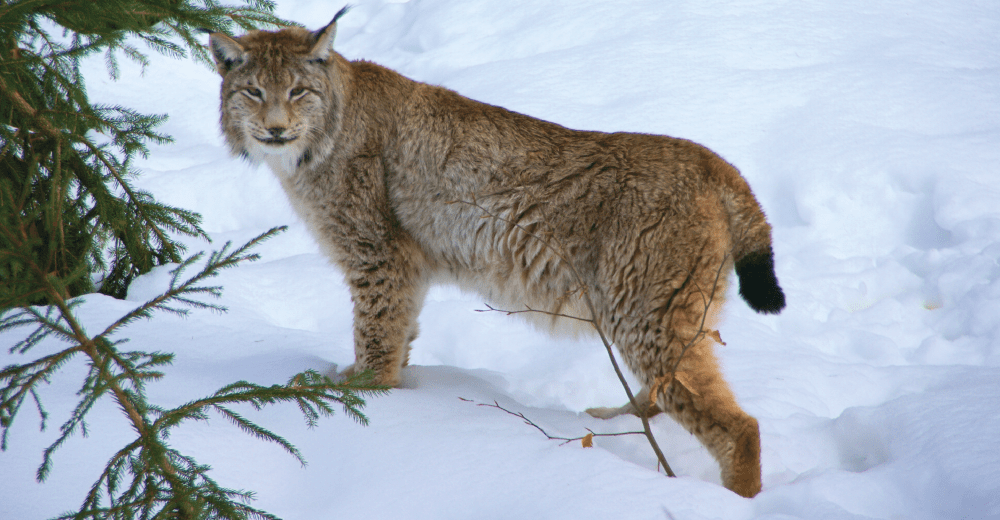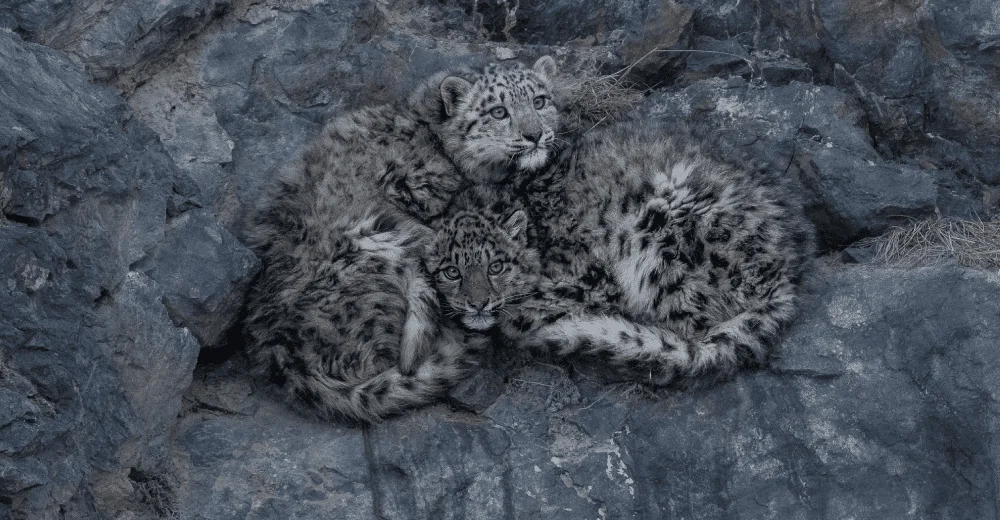Stockily built and heavily furred, these cats can be found in Central Asia, from the Caspian Sea to Northern Iran, Afghanistan, Pakistan, and Northern India to Central China, Mongolia, and Southern Russia.
The Pallas’s cat lives between 450 to 5,073 meters in cold, arid habitats with cover, especially dry grassland steppes with stone outcrops and stony semi-desert areas. Although well adapted for extreme cold, these cats usually avoid areas with deep snow.
Moreover, they mainly hunt small rodents and lagomorphs. Additionally, pikas are especially crucial to their prey, typically comprising more than 50% of their diet; other prey species include voles, mice, hamsters, gerbils, ground squirrels, and marmots.
Likely to be territorial, at least in the breeding season, breeding males often have injuries consistent with fighting. They are poorly adapted to avoid predators and depend on specific habitats, making it naturally vulnerable to threats. Hunted for fur in much of its range, Pallas’s cats can also be hunted by feral dogs.
In Pakistan, the last known localities of its existence are Ziarat, Waziristan, Baltistan, and Chitral. They are almost on the verge of extinction, and no recent studies have been done to document their presence.



